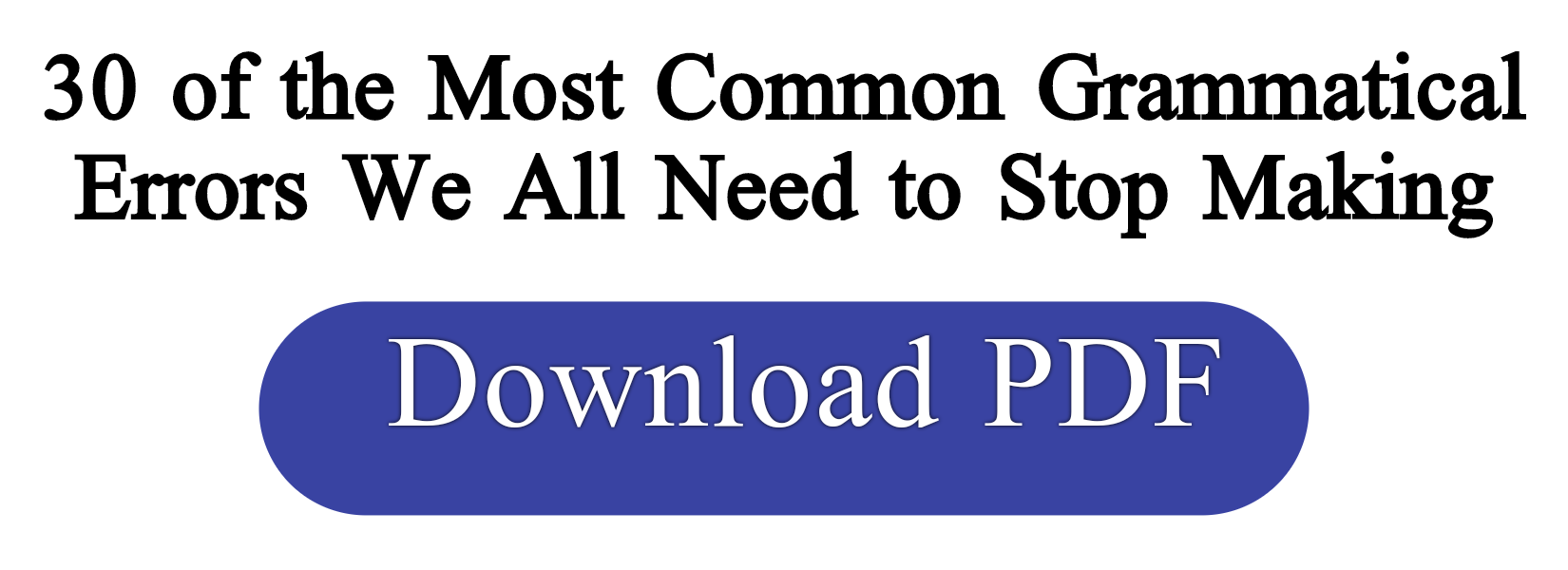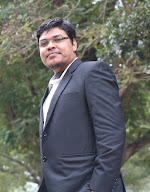◼️ The use of there
The verb be does not
usually have a subject with a/an or some.
A sentence like A Chinese
restaurant is round the corner is possible but unusual.
A phrase with a/an is usually new information, and so it comes later in the sentence.
Where can we eat? ~ There's a Chinese restaurant round the corner.
We put there in the subject position so that a Chinese restaurant can come after the verb. There + be expresses the idea that something exists.
.................
◼️ There
+ be: more details
We use the pattern in sentences with
adverbials of place, time and other meanings.
There was a furniture van outside the house.
There's a concert next week. There are some
letters for you.
We
can use there + be without an adverbial. This happens with
nouns expressing a situation or event.
There's
been an accident. (= An accident has happened.)
NOTE
The adverbial is sometimes understood from the context.
You know this party we're going to. Will there be anyfood (at the party)?
We
normally use there + be before a noun phrase
which is new information. This noun phrase has an indefinite meaning. It can
have a/an, some, any, no or a number, or it can be a noun on
its own. It can also have one of these quantifiers: a lot
of/lots of many, much, few, little; a good/great deal of, a number of, several;
more, another, other, others; enough, plenty of.
There are some drawing-pins in my desk.
There are seven days
in a week.
There's far too much traffic on the roads.
There will be a number of tasks to carry out.
Is there any more tea in the pot?
There isn't enough memory in the computer.
The noun phrase does not usually have the,
this/that etc or my/your etc, which refer to definite
things known from the context.
NOTE
We can use the in this pattern when we remind someone of the existence of something specific.
What can I stand on to reach the light bulb? ~ Well, there's the stepladder.
We form negatives and
questions in the normal way. There wasn't a van outside the house.
Are there any letters for me?
We
can use there in a question tag.
There's a concert next week, isn't there?
After there, the verb agrees with its complement.
There is a letter / There are some letters for you.
The subject there is not the same at the adverb there (= in
that place).
There was a van there , outside the house.
..................
There can also be the subject of an infinitive or ing-form.
I didn't expect there to be such a crowd.
The village is very isolated, there being no bus service.
But this is rather literary. A finite clause is more usual.
didn't expect (that) there would be such a crowd.
The village is very isolated because there's no bus service.
◼️ There + be with relative clauses
We can put an active or passive participle after the noun
phrase.
There was a van blocking the
road.
(= A van was blocking the road.)
There was a van parked outside
the house.
(= A van was parked outside the house.)
But we use a finite relative clause for a single action.
There was a noise that
woke me up.
We also use a finite clause when the pronoun is not the
subject.
There's a small matter which
we need to discuss.
NOTE
There is a small matter to discuss/to be
discussed.
There with
other verbs
We use the subject there mostly
with the verb be. Some other verbs are possible, but only in a
formal or literary style.
On top of the hill there stands an
ancient church tower.
There nowfollows a
party political broadcast.
The next day there occurred a
strange incident.
Verbs in this pattern
are: arise, arrive, come, emerge, enter, exist, follow, lie, live, occur,
remain, result, sit, stand, take place.
NOTE
We can use seem, appear, happen,
chance, turn out, prove and tend with to be.
There doesn't seem to be enough memory in the
computer.
There proved to be no truth in the rumour.
There appears to have been an accident.
We can sometimes use a noun phrase after seem, especially
one with little or no.
There seemed (to be) little
difference between the two alternatives.
There seems (to be) no
reason for alarm.
◼️ The empty subject it
A
clause like to make newfriends or that so few people
came can be the subject of a
sentence, but this is not very usual. Instead, we normally
use it as subject, and the
clause comes later in the sentence.
It's difficult to make new friends.
(= To make new friends is difficult.)
It was a pity so few people came.
(= That so few people came was a pity.)
It amazes me how much money some people
earn. (= How much money some people earn amazes me.)
Because the clause is long, it comes more
naturally at the end of the sentence than at the beginning.
........................
With a gerund clause we use both patterns.
Making newfriends is difficult./It's difficult making new friends.
It can also be an empty object in the pattern subject + verb + it + complement + clause.
I find it difficult to make new
friends.
We all thought it a pity so few
people came.
The government has made it clear
that no money will be available.
It can
also be an empty subject before seem, appear, happen, chance, turn
out and prove.
It seems the phone is out oforder.
(= The phone seems to be out of order.)
It happened that I had my camera with
me at the time. (= I happened to have my camera with me at the
time.)
This pattern with it is a little formal.
There is also the pattern it looks/seems as if/as
though.
It looks as if we're going to get some
snow.
For It is said that...
We can use it+ be before a phrase in order to emphasize it.
It's the phone (not the
doorbell) that's out oforder.
It can also refer to the environment, the weather, the time or distance.
It's getting dark.
It was cold yesterday.
Is it five o'clock yet?
It's only
a short walk to the beach.
◼️ There or it?
There + be expresses the fact that something exists or happens.
It + be identifies
or describes something, says what it is or what it is like. We
use there with a noun phrase of indefinite meaning, e.g. a young
lady, something. It refers to something definite, e.g. the young
lady, something known in the situation. It can also
refer forward to a clause.
there
There's a young lady at the door. (= A young lady is at the door.)
There's a wind today. (= A wind is blowing.) There weren't any classes. (= No classes took place.)
There isn't any truth in the story.
(= The story has no truth in it).
it
It's Lorraine.
(= The young lady is Lorraine.)
Yes, it's windy.
(= The weather is windy.)
It was Saturday.
(= The day was Saturday.)
It isn't true what they say. (= What
they say isn't true.)








